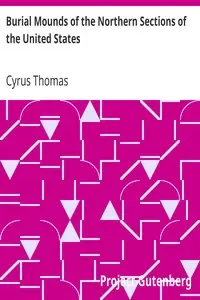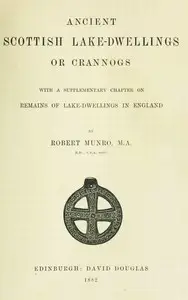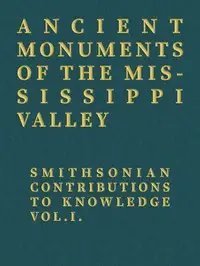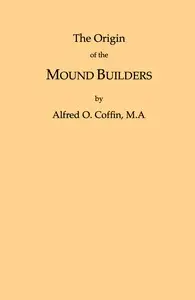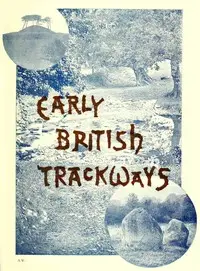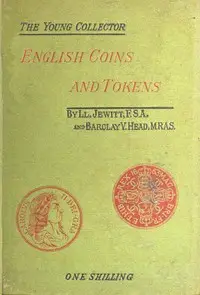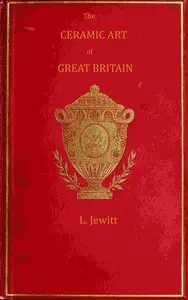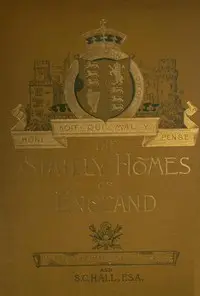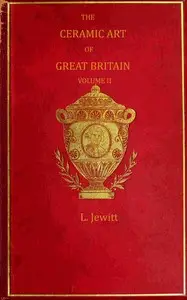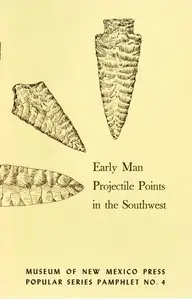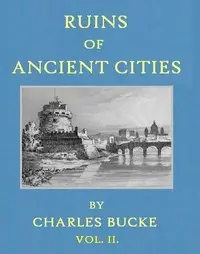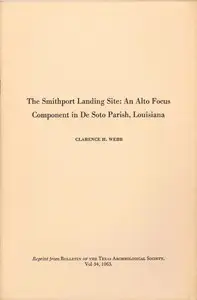"Grave-mounds and Their Contents" by Llewellynn Frederick William Jewitt is a journey into uncovering the secrets of ancient Britain through its burial mounds. This archaeology manual sheds light on the customs of the Celts, Romano-British, and Anglo-Saxons. It reveals how these burial sites are time capsules, filled with artifacts and remains, that unlock the story of early societies. With a focus on the design and the items discovered within these mounds, readers gain insight to the lives, skills, and beliefs of people long gone. It highlights various burial methods, and offers new perspectives on the people buried within.
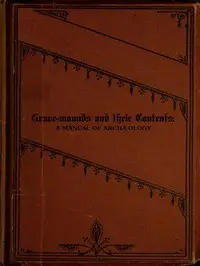
Grave-mounds and Their Contents A Manual of Archæology, as Exemplified in the Burials of the Celtic, the Romano-British, and the Anglo-Saxon Periods
By Llewellynn Frederick William Jewitt
Unearth the hidden stories of Britain's ancient inhabitants by digging up their burial mounds and revealing the artifacts of civilizations past.
Genres
Released
2016-08-29
Formats
mobi
epub
mobi (images)
epub3 (images)
epub (images)
txt
Free Download
Summary
About the AuthorLlewellynn Frederick William Jewitt was a British illustrator, engraver, natural scientist and author of The Ceramic Art of Great Britain (1878). His output was prodigious and covered a large range of interests.
Llewellynn Frederick William Jewitt was a British illustrator, engraver, natural scientist and author of The Ceramic Art of Great Britain (1878). His output was prodigious and covered a large range of interests.
Total Reviews
10.0k
Total reviews from Goodreads may change


